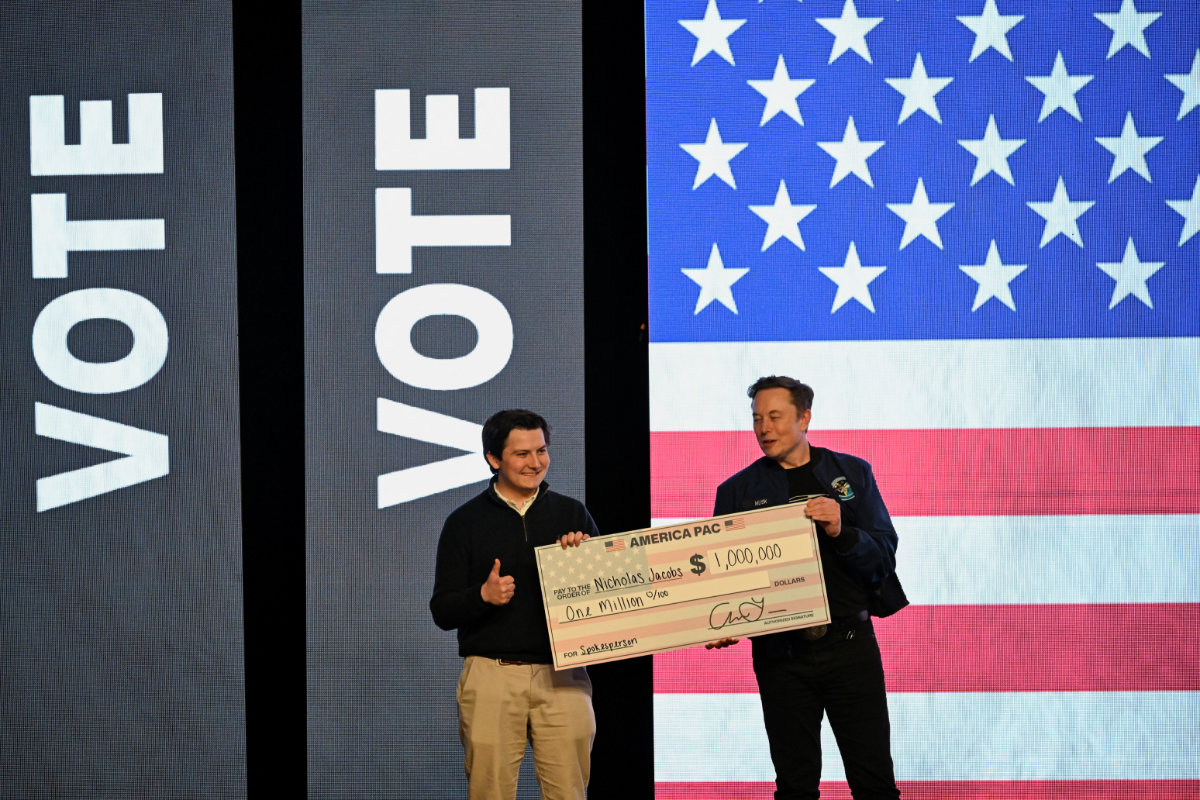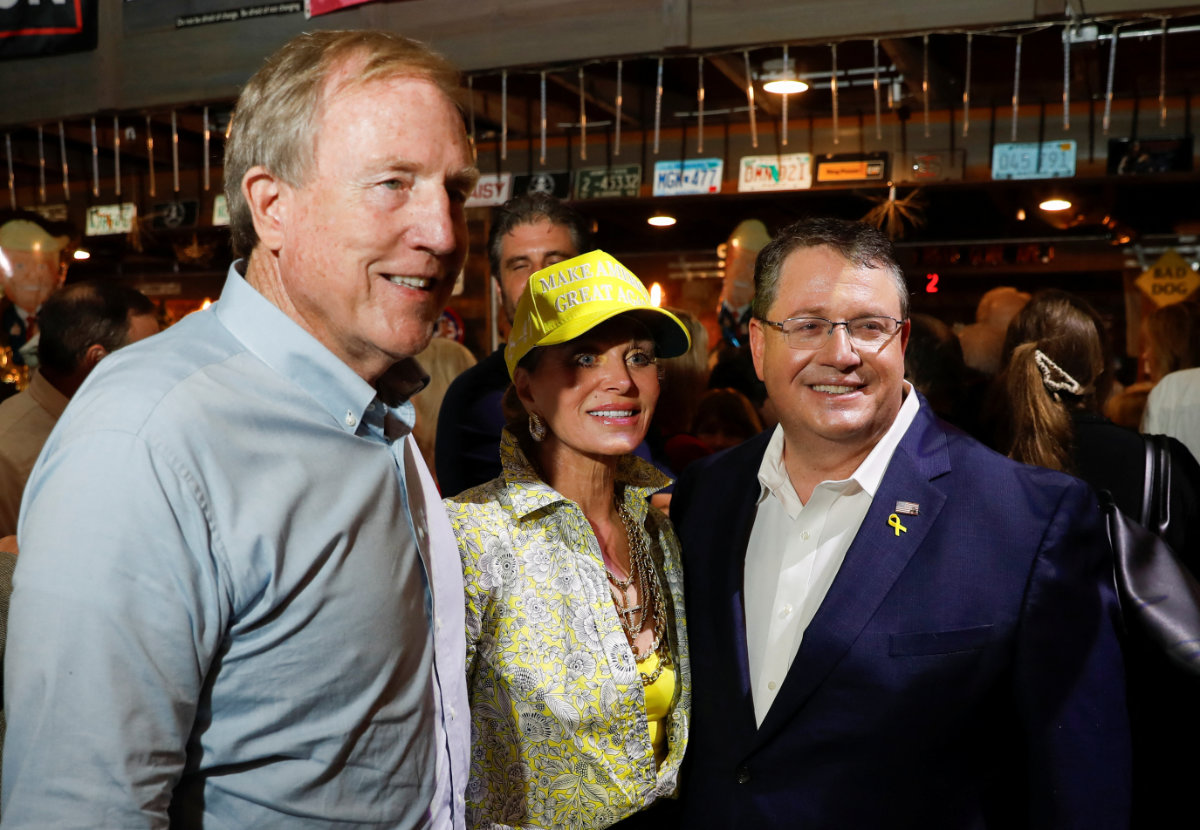RIYADH: The latest round of talks between Ukrainian and US officials in Riyadh on de-escalating the war with Russia were “productive and focused,” Ukrainian defense minister Rustem Umerov said Sunday.
“We have concluded our meeting with the American team. The discussion was productive and focused — we addressed key points including energy,” he said on social media, adding Ukraine was working to make its goal of a “just and lasting peace” a “reality.”
The talks on Sunday focused on proposals to safeguard energy facilities and critical infrastructure, Ukraine’s defense minister said, part of a diplomatic push by US President Donald Trump to end three years of war.
The meeting, which preceded talks on Monday between the US and Russian delegations, came as US special envoy Steve Witkoff expressed optimism about the chances for ending Europe’s deadliest conflict since World War Two.
“I feel that (Russian President Vladimir Putin) wants peace,” Witkoff told Fox News on Sunday.
“I think that you’re going to see in Saudi Arabia on Monday some real progress, particularly as it affects a Black Sea ceasefire on ships between both countries. And from that, you’ll naturally gravitate into a full-on shooting ceasefire.”
Separately, White House National Security Adviser Mike Waltz said on Sunday the United States was talking through a range of confidence-building measures aimed at ending the war, including on the future of Ukrainian children taken into Russia.
Long journey to peace
Discussions between the United States and Russia were set for Monday, with Russian state media reporting Moscow’s delegation had arrived in Riyadh on Sunday.
But the Kremlin on Sunday downplayed expectations of a rapid resolution, saying talks were just beginning and warning of “difficult negotiations” and a long journey to peace.
“We are only at the beginning of this path,” Kremlin spokesman Dmitry Peskov told Russian state TV.
He said there were many outstanding questions over how a potential ceasefire might be implemented.
Despite both sides proposing different plans for temporary ceasefires, attacks have continued unabated. A Russian strike on the Ukrainian capital killed three civilians overnight, while Ukrainian drones killed two in Russia, officials said Sunday.
Originally scheduled to take place simultaneously to enable shuttle diplomacy — with the US going back and forth between the delegations — the talks on a partial truce are now taking place one after the other.
Russian President Vladimir Putin has rejected a joint US-Ukrainian call for a full and immediate 30-day pause, proposing instead a halt in attacks only on energy facilities.
“There are difficult negotiations ahead,” Peskov said in the interview, published on social media.
Peskov said the “main” focus in its talks with the United States would be a possible resumption of a 2022 Black Sea grain deal that ensured safe navigation for Ukrainian farm exports via the Black Sea.
“On Monday, we mainly intend to discuss President Putin’s agreement to resume the so-called Black Sea initiative, and our negotiators will be ready to discuss the nuances around this problem,” Peskov said.
Moscow pulled out of the deal — brokered by Turkiye and the United Nations — in 2023, accusing the West of failing to uphold its commitments to ease sanctions on Russia’s own exports of farm produce and fertilizers.
Peskov said on Sunday that the “potential for mutually beneficial cooperation in a wide variety of spheres between our countries cannot be overstated.”
“We may disagree on some things but that does not mean we should deprive ourselves of mutual benefit,” he added.
Zelensky urges allies to put pressure on Russia
On the eve of the negotiations, both sides launched fresh drone attacks on the eve of the negotiations.
Ukrainian officials said a Russian drone attack killed three civilians in Kyiv, including a five-year-old girl and her father.
Deadly strikes on the well-protected city are rarer than elsewhere in the country.
Ukraine’s air force said Russia launched 147 drones at the country in the latest barrage.
Russia said it had repelled nearly 60 Ukrainian drones overnight.
Officials said one man was killed in the southern Rostov region of Russia when his car was set alight by falling drone debris, and a woman was killed in the Belgorod border region, also by a drone attack.
Ukraine’s army, meanwhile, said it had captured a small village in its eastern Lugansk region, a rare battlefield success for Kyiv’s struggling forces.
In an evening address, Ukrainian President Volodymyr Zelensky said that “Russia is the only one who is dragging this war out.”
“No matter what we talk about with our partners, we need to push Putin to give a real order to stop the strikes: the one who brought this war must take it away,” he said.
Zelensky urged his country’s allies to put fresh pressure on Russia.
“New decisions and new pressure on Moscow are needed to bring an end to these strikes and this war,” he posted on social media on Sunday.






























